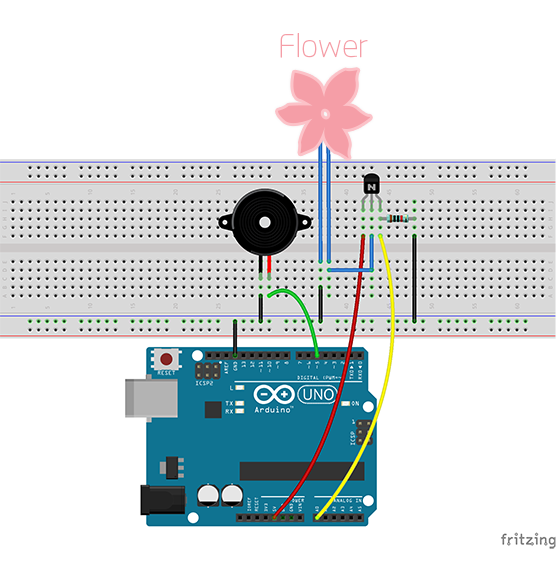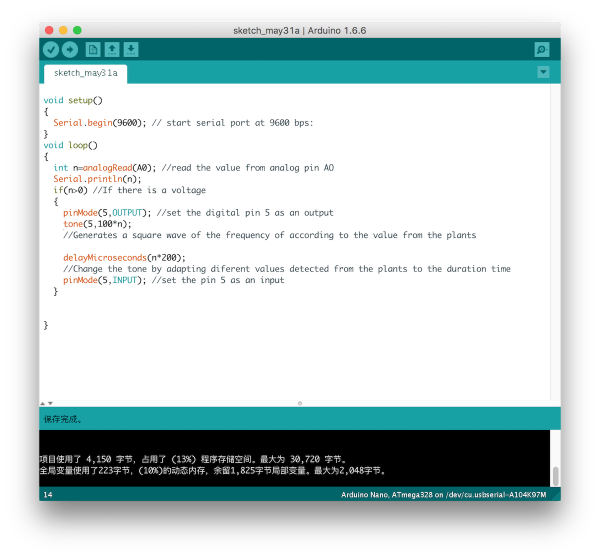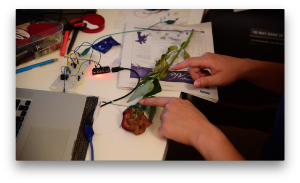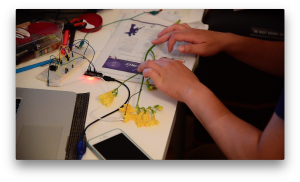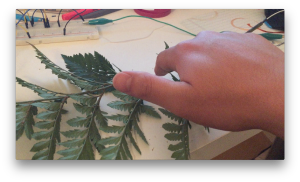Turn a plant into an instrument
During our course, we have tried some plant sensing circuit from Martin Howse, Leslie Garcia and Miya Masaoka. From their examples, I find it quite interesting to be able to capture the reaction of the plant in an electronic way. With the analog signals we get from the plants, we can convert them into other forms, which will be more perceivable and interactive to us human.
As we all know, there are lots of languages of flower that we human write for them. For example, Daisy: Innocence and Tulips: Love, Fame,etc. So, these words and sentences are created by man and why not let the flowers speak for themselves ?
So, my idea is to use the circuit of plant sensing, which involves arduino, to set up a installment consisting of different types of flowers. So when they are touched by people, they can speak for their own. I am curious to see, if they are speaking the same language or not. And I also want to see how the languages change from the bud to wilting. And the data I get from the arduino will be sent to processing to create corresponding fractals.
Time-Lapse: Watch Flowers Bloom Before Your Eyes [1]
Circuit
I use another circuit different from the ones we have seen in the course to amplify the signals, but the basic principle is the same. I also put a passive speaker on the breadboard, so this installment has no need to rely on the external speaker.
Components:
- 1*Arduino board
- 1*Breadboard
- 1*USB cable
- Jumper wires
- 1*Passive buzzer
- 1*Resistor(10KΩ)
- 1* NPN Transistor S8050
- Plants
Arduino code:
Experiments with plants
1. Rose
I connected the circuit with the rose to see the conductivity of a single twig and how the sound would change based on which part i touched. One side is attached to the end of the stem, and the other side is connected to the flower bud. Below are two videos showing the results.
The stem part works like a slide rheostat.
2. Freesia
Different sections of the flower can be different notes.
3. Leaves
By experimenting with the branch, I found something interesting with it. When you touch the under part of the leaves or stems, the signal is almost same and sound is heavy. But when you touch the leaves with green and smooth side, you can get dramatical signal change.
